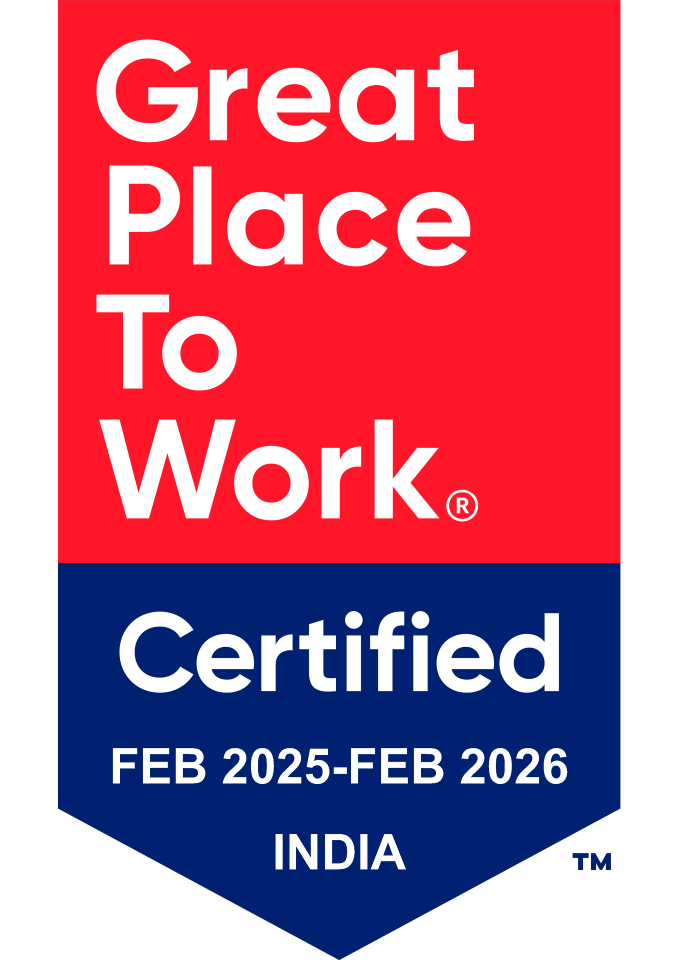Cost optimization is a business-focused, continuous discipline to drive spending and cost reduction while maximizing business value (as defined by Gartner Inc. in their glossary). AWS Cost Optimization enables businesses utilizing AWS cloud to manage their cloud expenditure within budget and avoid wastage. In this blog, we discuss AWS Cost optimization techniques and guidelines to help organizations retrieve the best return out of their cloud investments.
AWS Cost Optimization Pillars
- Right-Sizing for Efficiency
AWS offers more than 60 different instance sizing options which can be customized so that each demand is matched to a perfect supply. It is very important to understand the requirements and goals, so that organizations pick the smallest instance, meeting all the desired needs - Saving with Reserved Instances
Reserved Instances (RI) can help secure up to 75% of cost savings. Using RI, organizations save by getting discounts for committing to pay for specific resources over a period of time. This needs a precise analysis of the requirements. Keen eye on CPU Utilization, RAM, storage and network help in discovering the instances that can be curtailed. - Increasing Elasticity
The key benefit of leveraging a public cloud is Elasticity. Services can be turned off when not in use. This makes the application flexible. Custom start-stop plans for EC2 and RDS instances created by AWS Instance Scheduler can be quite helpful. AWS CloudWatch can be used to set alarms and track metrics so that resources can be optimized on the fly. - Fostering Accountability/Measure, Monitor, and Improve
The foundation of robust cloud architecture lies in continuous measuring, monitoring, and improving resource usage. This brings transparency and accountability in optimizing the cloud deployment. Setting KPIs and metrics to benchmark usage tracks this process. The team needs to be motivated to have a common goal of cloud success.
AWS Design Principles
- Leverage Cloud Financial Management (CFM)
Organizations should invest in building a robust cloud financial management system. The entire cloud system needs to be upgraded in terms of attaining knowledge, resources, and processes to absorb the thought of being more profitable. This is a time-consuming activity; cause people and processes need time to settle down with the cost-effective mode. Each penny spent here adds to the final saving. - Pay-as-you-go
Organizations should pay only for the resources being used with a keen eye on the idle ones. This pricing should go up or down based on the active/inactive resources. - Embrace managed services
AWS removes the operational burden of managing AWS workload via managed services. Organizations should have a well-established AWS managed service in place. This helps in focusing on the operations and services. - Tagging – Track, analyze, and attribute expenditure right
Cloud makes it easy to identify the services and tag them to the correlated business unit. This helps in crystallizing the attribution of IT costs to the discreet business unit and simplifies the computation of ROI. - Track efficiency
The Overall efficiency of the AWS workload should be tracked to identify the money spent and the profits realized.
Conclusion
Cost Optimization is an ongoing process. AWS Cost Optimization helps organizations to closely align the cost with actual demand. Using AWS resources, business goals can be achieved cost-effectively. With granular analysis and cost attribution, organizations can achieve higher ROI over time. Cost Optimization Design Principles are the guidelines that enable traceability. This leads to the design of a well-architectured framework.

